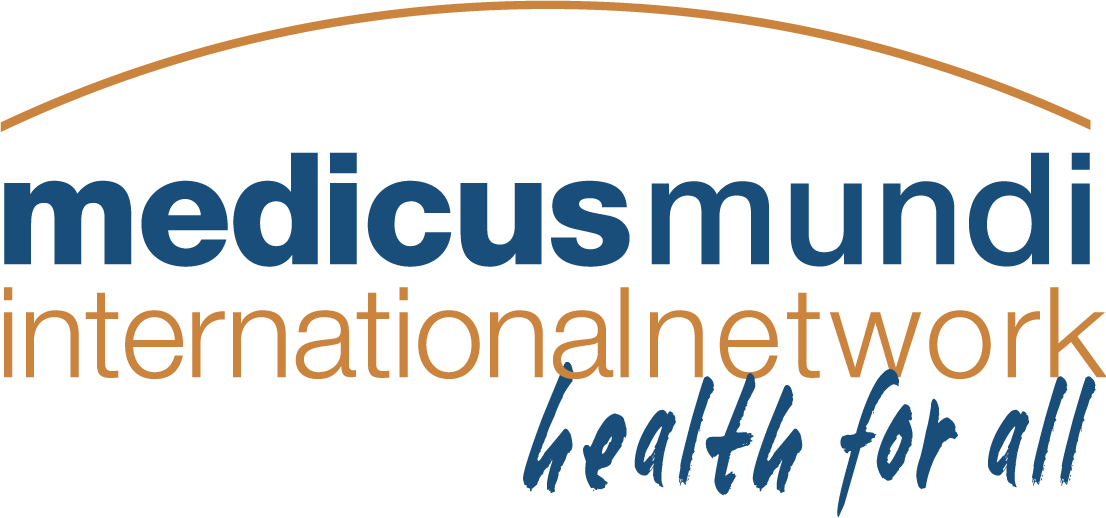 Medicines are essential tools for the treatment, prophylaxis or diagnosis in medicine. To handle medicines adequately pharmaceutical professionals are required. The statistics from WHO addressed the shortages in personnel in the medical field in sub-Saharan Africa. The Ecumenical Pharmaceutical Network (EPN) together with some of its members performed a survey to characterise the human resource situation of the pharmaceutical services in church facilities in eight countries from 2008 to 2010.
Medicines are essential tools for the treatment, prophylaxis or diagnosis in medicine. To handle medicines adequately pharmaceutical professionals are required. The statistics from WHO addressed the shortages in personnel in the medical field in sub-Saharan Africa. The Ecumenical Pharmaceutical Network (EPN) together with some of its members performed a survey to characterise the human resource situation of the pharmaceutical services in church facilities in eight countries from 2008 to 2010.
The survey was based on questionnaires. Information was gathered about training and practice of each staff working in the pharmacy department and general information about the institutions itself. Physical visits from data collectors as well as submissions from responders by mail services were used. The results: 332 facilities (70% hospitals, 28% health facilities, and 2% dispensaries) with 1009 respondents were surveyed. 70% of the health institutions included in the surveys were situated in rural areas and only 30% urban.
The staff of the pharmacies consisted of 9% pharmacists, 24% pharmaceutical technicians, 29% pharmaceutical assistants, 10% nurses, and 27% attendants. A low figure of pharmacists in the health care workforce of a country, e.g. the Chad < 0.6 per 10.000 population, is reflected by no pharmacist being available in the surveyed health institutions. In Ghana we found more than 70% of the hospital pharmacies were run by pharmacists. As an indicator to ensure quality we found 72% of all staffs being evaluated on the job. The gender distribution amounted to 52% female personnel in pharmaceutical services.
The type of pharmaceutical services offered depends on the qualifications of the personnel, the equipment of the pharmacy and the service policy of the institution management. The figure shows the big differences of services offered.
As the institutions in Chad had a huge lack of pharmaceutical personnel the service was limited to dispensing. The institutions in Cameroon and Rwanda had either a majority of personnel qualified as pharmacists or pharmaceutical technicians and that is reflected by the higher number of services offered.
Supervision (peer reviewed audits) and evaluation of the staff is an important element of quality of service delivery (Black and Gruen, 2005). As the pharmaceutical personnel is limited as such also the supervision has its limitations:
| Country | n | Six times a year or more | 3-4 times a year | 1-2 times a year | More than one year |
| Cameroon | 65 | 5 (8) | 3 (4.6) | 57 (88) | 0 |
| Chad | 17 | 4 (24) | 3 (18) | 10 (59) | 0 |
| Kenya | 103 | 19 (18) | 16 (16) | 66 (64) | 2 (2) |
| Nigeria | 62 | 49 (79) | 5 (8.1) | 7 (11) | 1 (2) |
| Rwanda | 39 | 20 (51) | 16 (41) | 3 (8) | 0 |
| Tanzania | 109 | 13 (12) | 36 (33) | 60 (55) | 0 |
| Ghana | 253 | 23 (9) | 21 (8) | 201 (79) | 8 (3) |
| Overall | 648 | 133 (21) | 100 (15) | 404 (62) | 11 (2) |
Table: Frequency of evaluation (absolute numbers and %)
Church facilities need to ensure compliance with regulatory requirements by employing staff with appropriate training. Additionally, continuous pharmaceutical education is necessary to keep a standard of quality of the pharmaceutical services provided by the institutions.
Providing knowledge and trainings
EPN (Ecumenical Pharmaceutical Network) is an independent, non profit Christian organisation that works to support churches and church health systems (faith base organisations) in over 30 countries. Its only office is in Kenya. EPN strives for supporting quality pharmaceutical services by providing knowledge and trainings in different kinds of pharmaceutical fields. EPN has developed a syllabus for selected courses in hospital pharmacy practice. It is designed for personnel without having any chance for a formal pharmaceutical training so far. Last year the first course was held in Nairobi, Kenya. This year another course is running in Uganda and a third is planned for the francophone countries. The participants come from different countries where training resources are scarce. This initiative does not replace the task of the responsible leaders to extend the education in pharmaceutical professions. It supports its members in more than 20 countries to improve their pharmaceutical services.
References:
- Black, N. & Gruen, R. (2005) Understanding Health Services, Open University Press, Maidenhead.
- Chankova, S., Muchiri, S. & Kombe, G. (2009) Health workforce attrition in the public sector in Kenya: a look at the reasons. Hum Resour Health, 7, 58.
- Goel, P.K., Ross-Degnan, D., McLaughlin, T.J. & Soumerai, S.B. (1996) Influence of location and staff knowledge on quality of retail pharmacy prescribing for childhood diarrhea in Kenya. Int J Qual Health Care, 8, 519-526.
- Hanson, K. & Berman, P. (1998) Private health care provision in developing countries: a preliminary analysis of levels and composition. Health Policy Plan, 13, 195-211.
- WHO (2000) The World Health Report 2000: Health Systems: Improving Performance, World Health Organization, Geneva.
- WHO (2004) The World Health Report 2000: Changing History, World Health Organization, Geneva.
- WHO (2006) The World Health Report 2006 – Working together for health, World Health Organization, Geneva.
Contribution by EPN to the Annual Report 2011 of the MMI Network. More information about the study can be provided by the author, Andreas Wiegand, awiegand@epnetwork.org.
